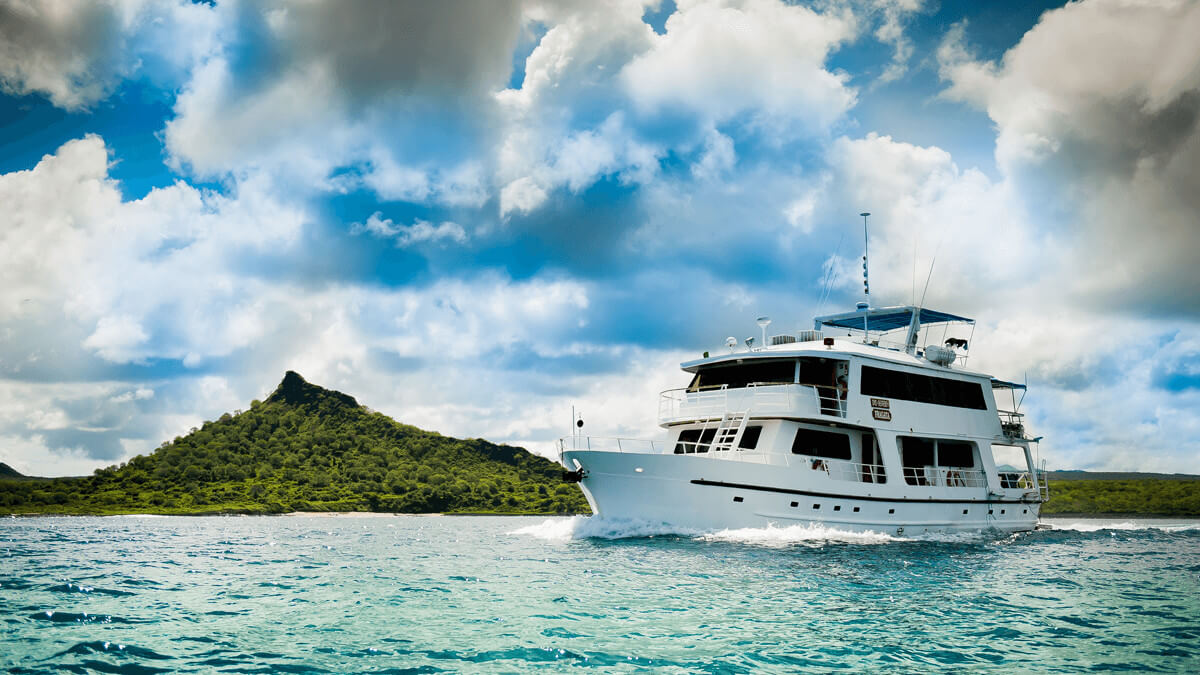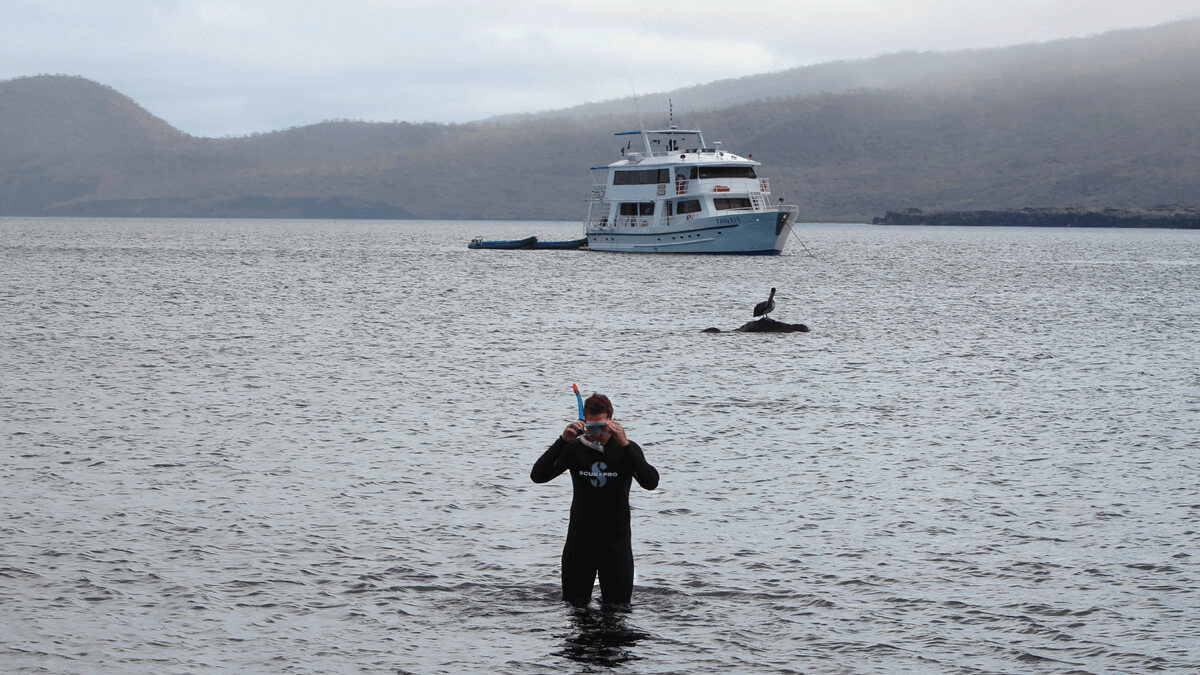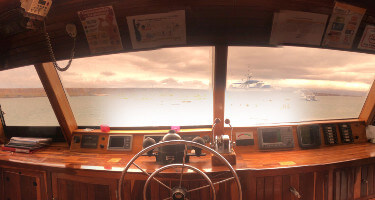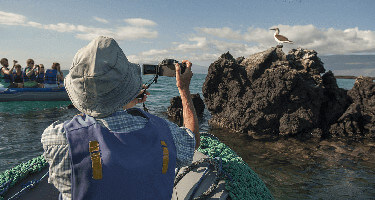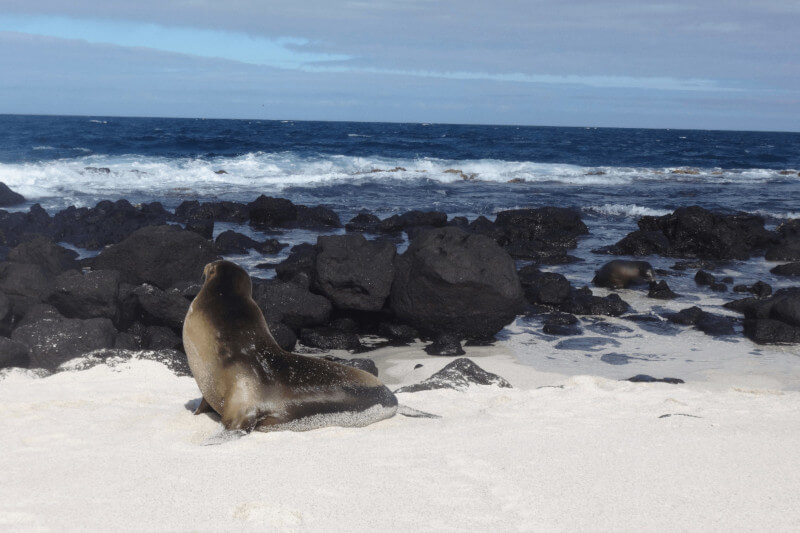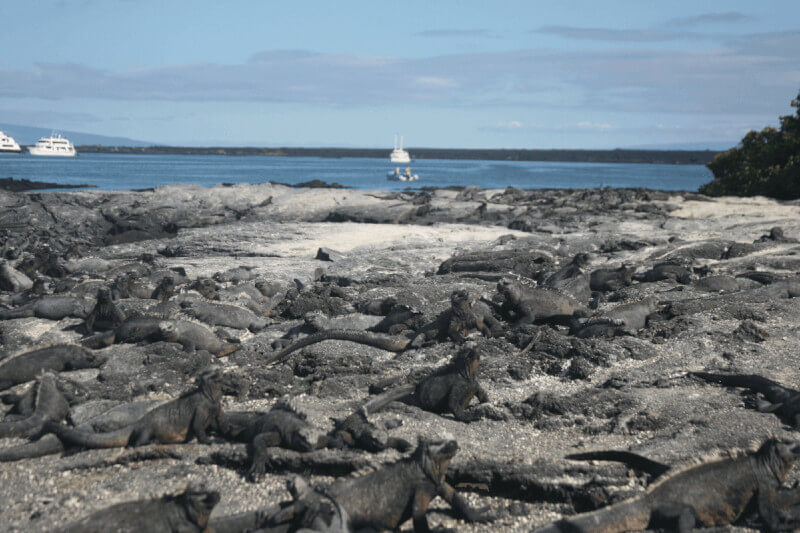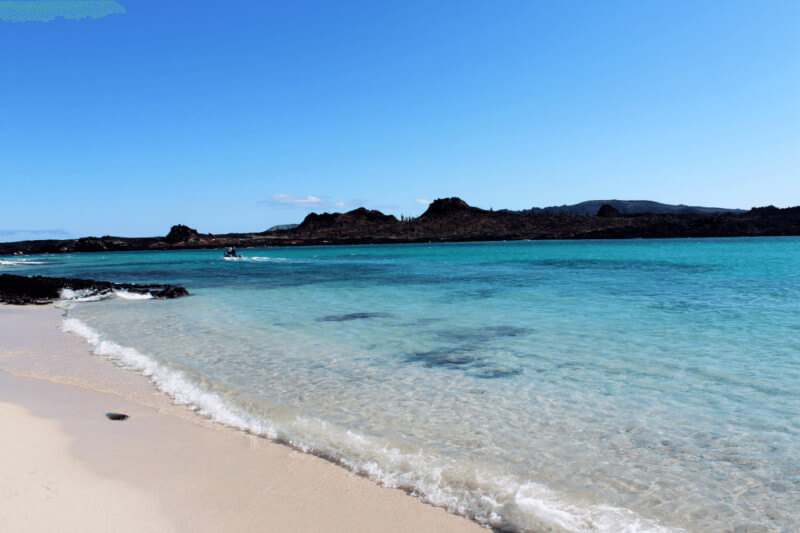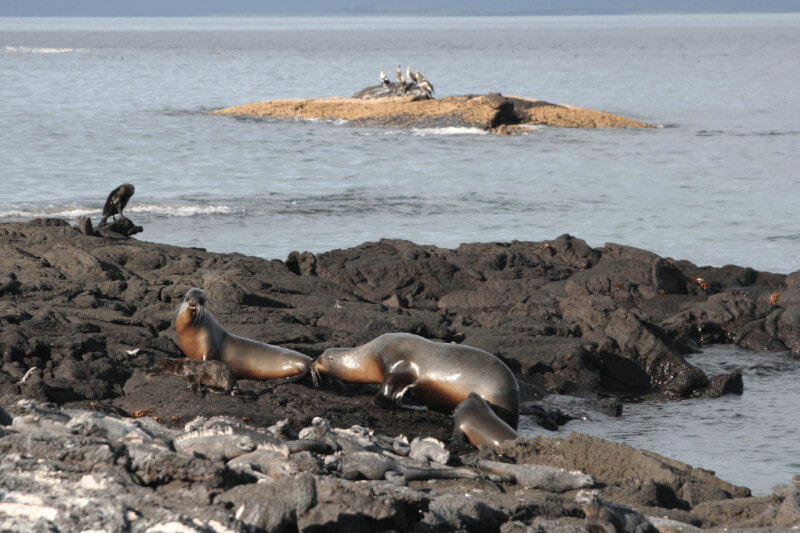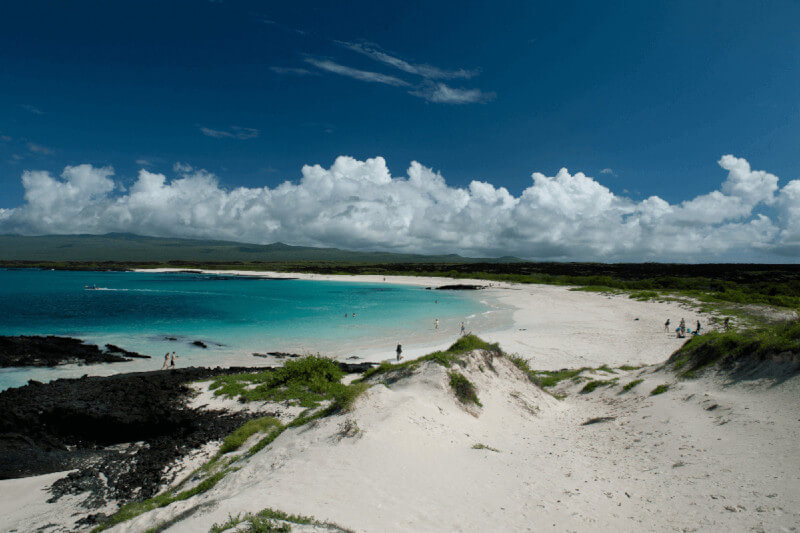In geological terms, the Galapagos are relatively young volcanic islands and the Name “Galapagos” comes from the Spanish word “galapago”: a riding saddle. The term was coined by the first visitors when they saw the giant tortoises’ shells resemble to a saddle shape, and therefore it was used to name the tortoises and the islands as well.
On top of a virginal and unique environment, the islands also have a captivating human history because The Bishop of Panama, Tomas de Berlanga, was the first person on the islands in 1535. He arrived after his ship sailed from his country of origin towards Peru.
Later on, English whalers also arrived at the islands, in consecuence some of the islands received English names. Later on, in 1832, the islands became part of Ecuador.
The well-known English Naturalist, Charles Darwin, visited the Galapagos Island for the first time in 1835 on board of the Beagle. He also observed and recorded the magnificent adaptations the species suffered on every island, which became the basis of his theory of Natural Selection on his famed book “The Origin of the Species”.
